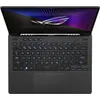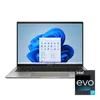Microsoft Copilot+ PCs are a confusing mess — 3 things you need to know before you buy
Buying a Copilot+ PC? Make sure you don't pick the wrong one
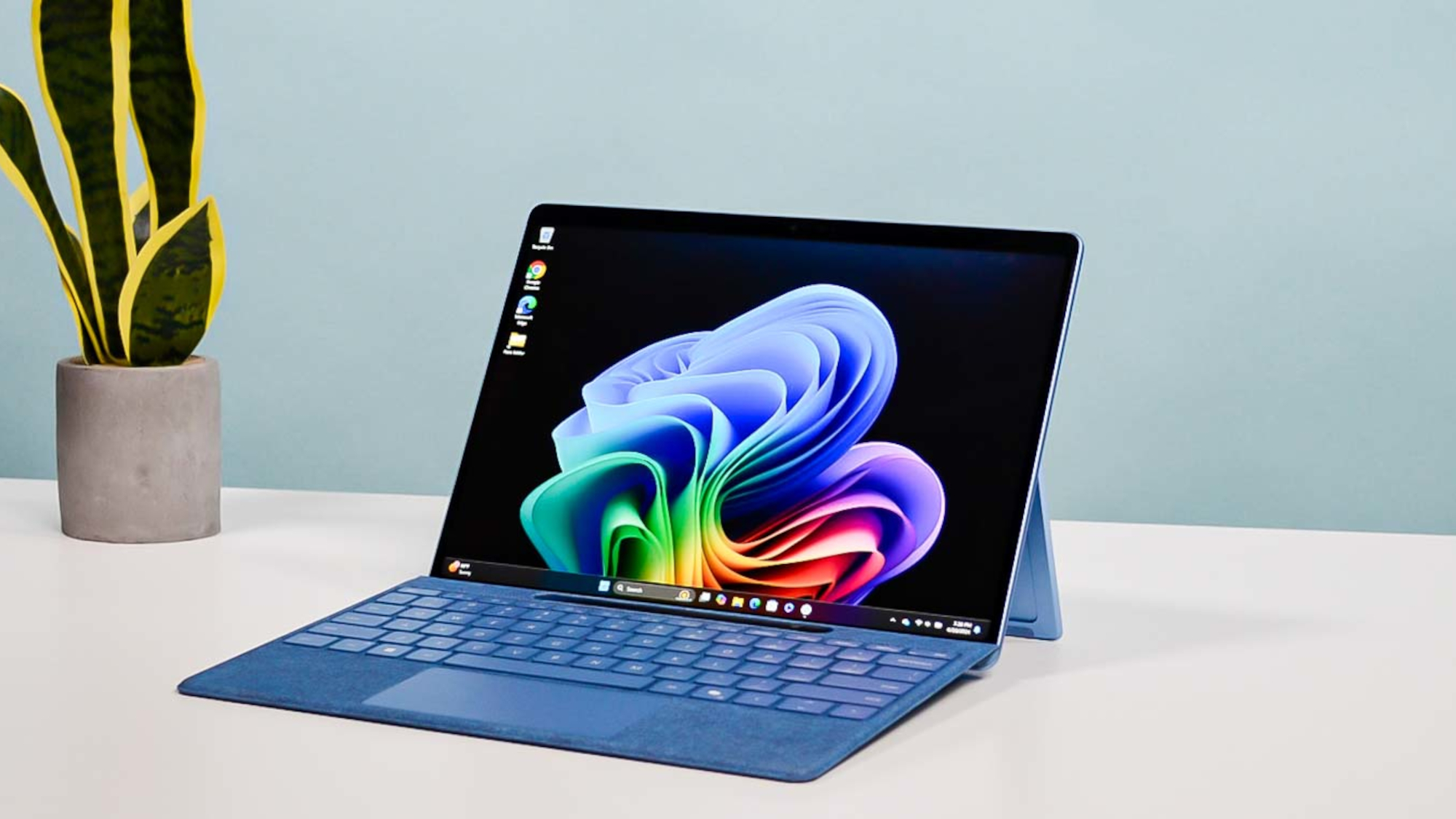
Welp! It looks like Microsoft’s made its Windows Copilot+ PC laptop lineup very confusing. At Microsoft Build 2024, we witnessed what I called Redmond’s M1 moment with Snapdragon X Elite. Now, we have a bit of a mess of a lineup where one wrong step could lead to you not getting the most bang for your buck.
One thing is clear. Whatever Copilot+ PC you pick, every single one is able to put up a fight against the might of the best MacBooks you can buy. In battery life and performance, we’re seeing them stand head and shoulders above the likes of the M3 MacBook Air (and even the M3 Pro MacBook Pro in some areas).
But with several chips to choose from across Qualcomm, AMD and (eventually) Intel, a variety of Thermal Design Power (TDP) choices made by laptop makers that can actually hamper said chips, and a whole minefield of app compatibility vs Copilot+ features to navigate, there’s a lot to think about.
So if you’re thinking about picking up a Copilot+ PC, I’ve got you covered with three key things you need to keep in mind when choosing the right laptop for you.
1. x86 or Arm? Pick your poison
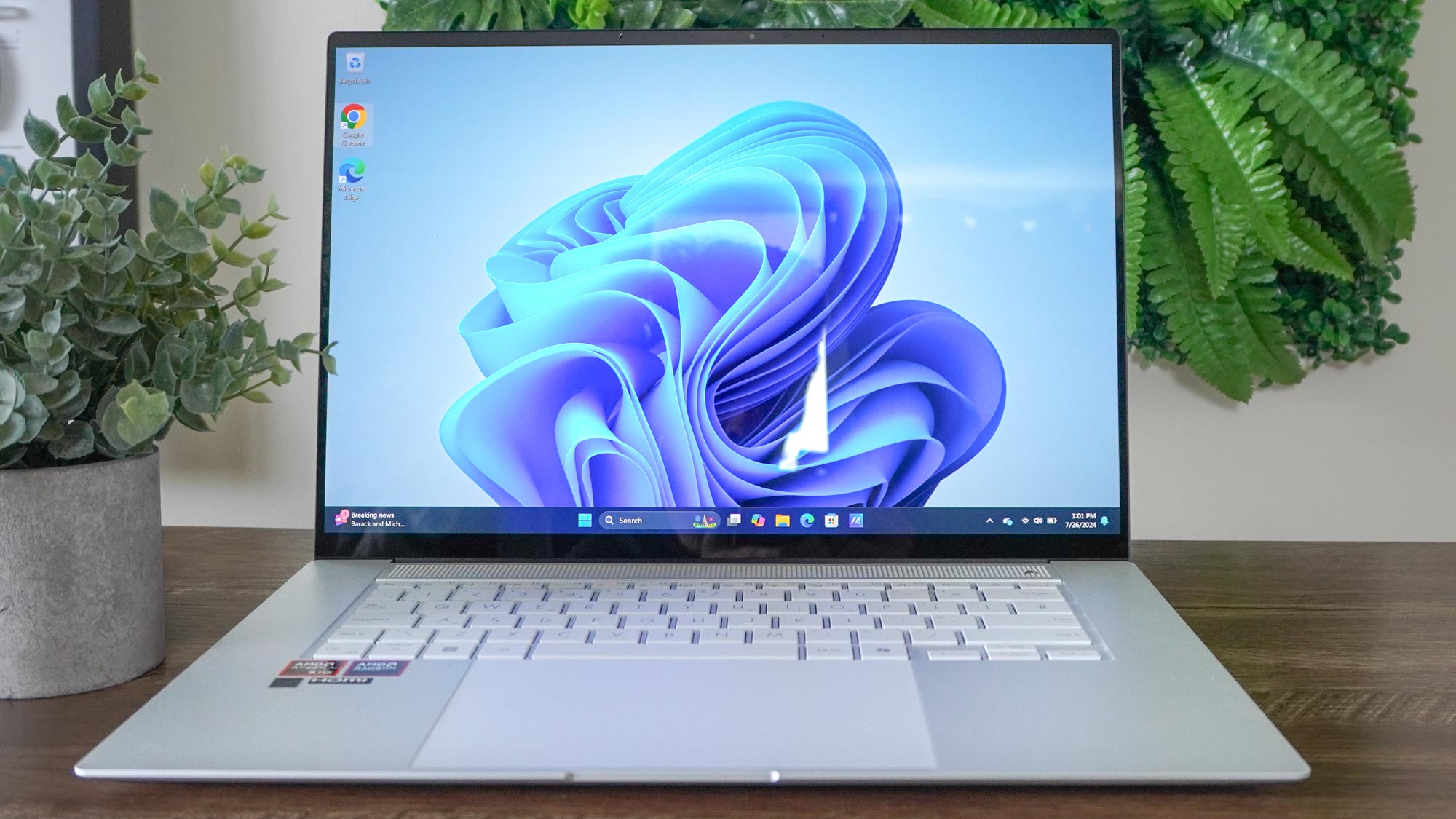
For the uninitiated, these are two main types of Copilot+ PC chips — Snapdragon X Elite on Arm, and Intel and AMD over on team x86. Let me break down the differences.
- The x86 chip architecture is the OG way Windows has ran for well over 30 years now — using Complex Instruction Set Computing (CISC) to tackle every part of a complex task equally with its many gigahertz of power. It started in desktops (and towers continue to use this standard), and then made the move over to laptops.
- Meanwhile, Arm is a mobile-first architecture — instead using Reduced Instruction Set Computing (RISC) to complete every small step of a complex process one-by-one with every tick of the CPU’s clock cycle.
Each brings their own ups and downs. If you go down the Intel or AMD-based x86 route, you’ve got zero worries about any app compatibility (all Windows apps of the past three decades were built for it after all).
But given it started life as a chip you put in a desktop and the way it throws all its power at every task, it’s not the most power efficient — meaning thermal management and battery life takes a hit. It’s the equivalent of trying to check off every to-do off your list simultaneously vs just taking them on one-by-one — you get stressed under the pressure!
Sign up to get the BEST of Tom's Guide direct to your inbox.
Get instant access to breaking news, the hottest reviews, great deals and helpful tips.
| Laptop | Geekbench 6 Multi-core | Handbrake video transcoding (mm:ss) | Battery life (hh:mm) |
|---|---|---|---|
| 15-inch Microsoft Surface Laptop 7 (Snapdragon X Elite) | 14367 | 04:49 | 15:38 |
| Asus Zenbook S16 (AMD Ryzen AI 9 HX 370) | 13282 | 05:08 | 11:35 |
| 15-inch MacBook Air (M3) | 11041 | 07:36 | 14:59 |
Meanwhile, we’ve seen the Snapdragon X Elite find a better balance between performance and power management, and Microsoft has picked Qualcomm laptops to showcase its Copilot+ PC features first (shifting the Surface Pro 11 and Surface Laptop 7 over to this standard). But given the company’s…let’s say patchy history with Arm, a lot of developers haven’t moved over to it. And because of that, it will take a fair amount of time to get full support across all your apps — rather than relying on the Prism translation layer or the developer just not allowing it to run.
So the choice is yours: app compatibility and worse battery life, or MacBook-beating battery life and a wait for all your apps to move over to Arm. Personally, as I wrote in my Asus Zenbook S 16 review, I’d go for the latter of these two, as the x86 app emulation is better than I expected.
2. Not every Snapdragon X Elite is the same

Did you know there are three different variants of the Snapdragon X Elite? You wouldn’t know it looking on sites like Best Buy, but this does impact the performance potential of these chips. Get ready — this naming is going to get confusing:
- Snapdragon X Elite X1E-78-100: The lower end of the three, which has no dual-core boost clock speed (for faster multitasking speeds) and a weaker GPU.
- Snapdragon X Elite X1E-80-100: Same GPU and max CPU speed as 78, but it comes with that dual-core boost.
- Snapdragon X Elite X1E-84-100: The top of the heap with the fastest speeds and most powerful GPU.
They all have the same amount of cores, and the same-size NPU. But as you can see below, these differences in CPU speed and GPU potential do make a mark on our test results:
| Laptop | Geekbench 6 Single core | Geekbench 6 Multi-core |
|---|---|---|
| Asus Vivobook S15 (X1E-78-100) | 14367 | 04:49 |
| Microsoft Surface Laptop 7 (X1E-80-100) | 13282 | 05:08 |
| Samsung Galaxy Book4 Edge (X1E-84-100) | 11041 | 07:36 |
You won't find much difference between the lower two models, so be strategic with your decision here. Here's the gist: If you need that extra horsepower, look for the number 84. If not, the 80 or even 78 will give you more stamina.
Also, it’s worth noting here that while the Snapdragon X Elite is capable of supporting dedicated GPUs (Qualcomm did confirm the chip does have the PCIe lanes to do so), no Arm laptop currently sports the likes of the RTX 4060. If you’re a gamer, this becomes a whole lot easier of a decision — stick with x86.
3. AMD Ryzen AI is being treated differently by different companies
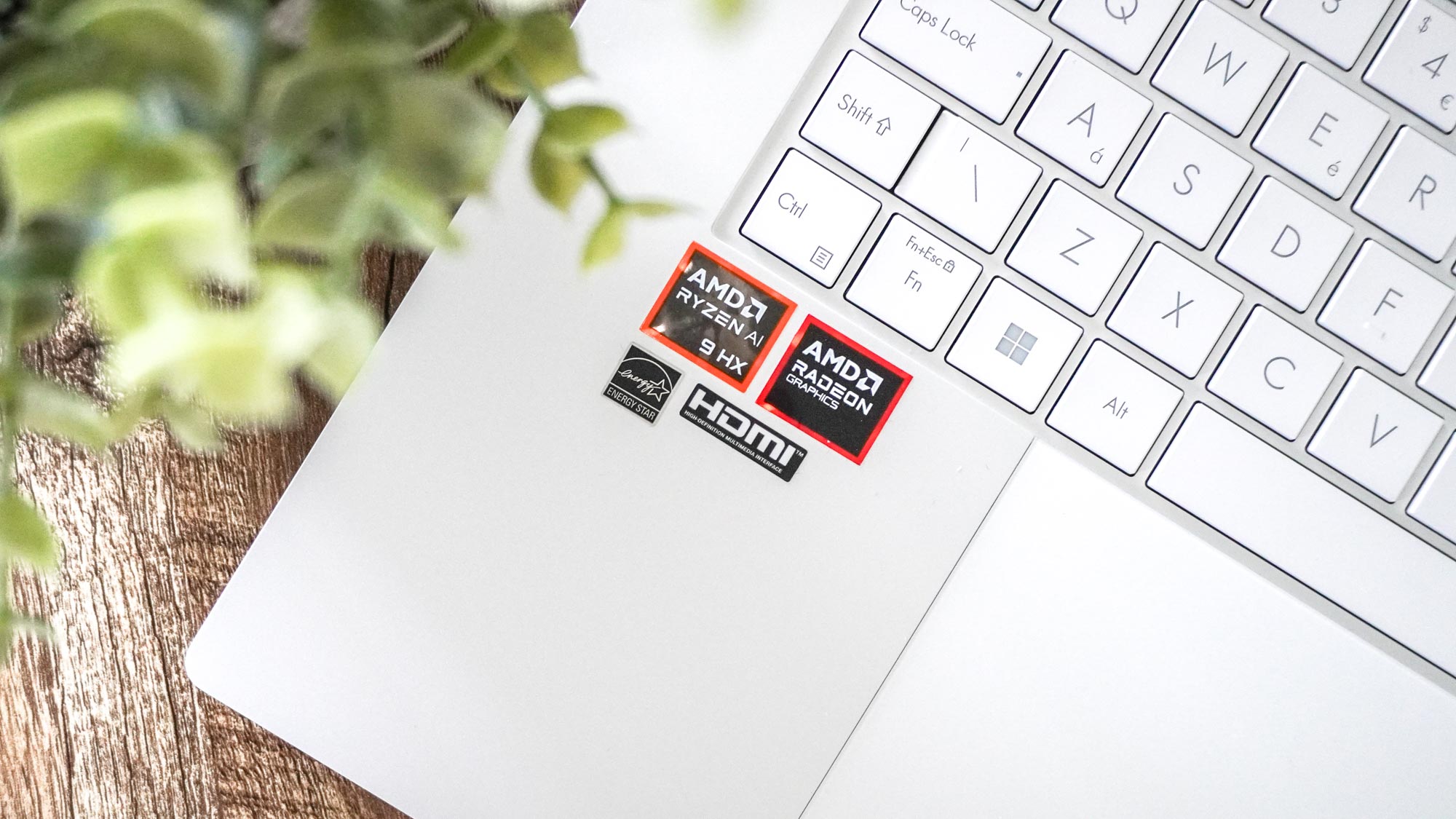
And finally, a note about the new kid on the Copilot+ block — the AMD Ryzen AI 300 series of chips. Three chips have been confirmed, but only one has been unleashed on the public so far: the AMD Ryzen AI 9 HX 370. Honestly, the less I talk about this not-so great effort to make the naming straightforward, the better.
But what is even more confusing here is that laptop makers are changing the TDP going to these chips. I thought the Snapdragon X Elite was confusing enough, but at least we’re just dabbling with three different chips there. For AMD, we’ve got one chip and very different results.
| Laptop | Geekbench 6 Single core | Geekbench 6 Multi-core |
|---|---|---|
| Asus Zenbook S16 (AMD Ryzen AI 9 HX 370 running at 28W) | 2765 | 13282 |
| Asus ProArt P16 (AMD Ryzen AI 9 HX 370 running at 50W) | 2898 | 15362 |
This comes down to the Zenbook S 16 running at 28W, whereas the ProArt P16 (review coming soon) runs at 50W. Just like with Snapdragon, every company is figuring out what the right balance is here — some going towards a longer battery life and others turning up the heat at the expense of it.
We’ll continue to show TDPs in our review for this full transparency of what to expect, but make sure you double check this yourself, too. You may get the latest chip, but you may not be getting all of it.
More from Tom's Guide
- We just tested the longest-lasting laptop ever — and it blows away the MacBook Air
- This new RTX 4090, 240Hz beast could be the gaming laptop of my dreams — and you can buy it right now
- Dell XPS 13 (2024) review: The new battery life champ

Jason brings a decade of tech and gaming journalism experience to his role as a Managing Editor of Computing at Tom's Guide. He has previously written for Laptop Mag, Tom's Hardware, Kotaku, Stuff and BBC Science Focus. In his spare time, you'll find Jason looking for good dogs to pet or thinking about eating pizza if he isn't already.



